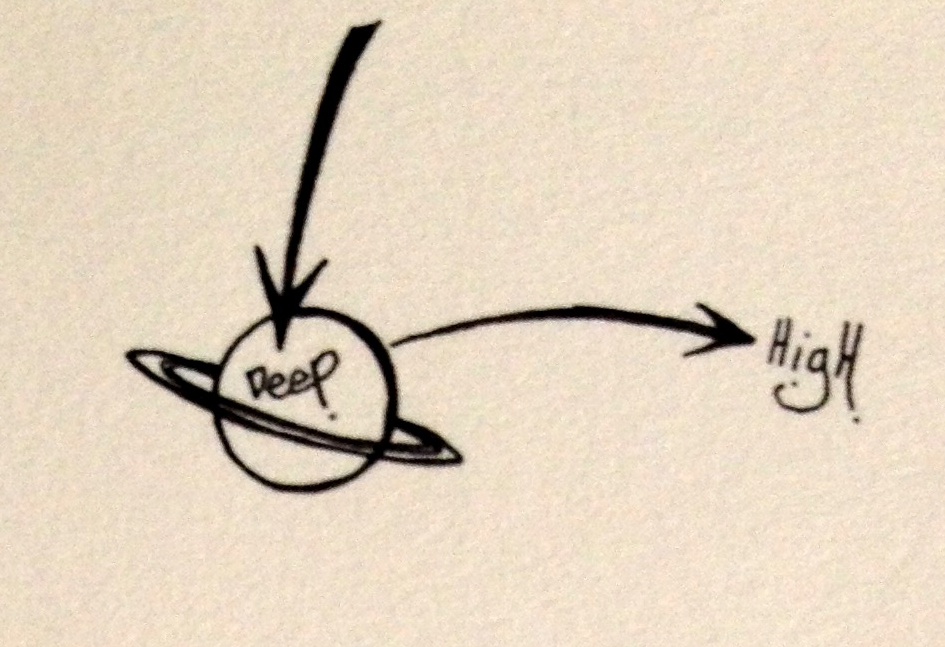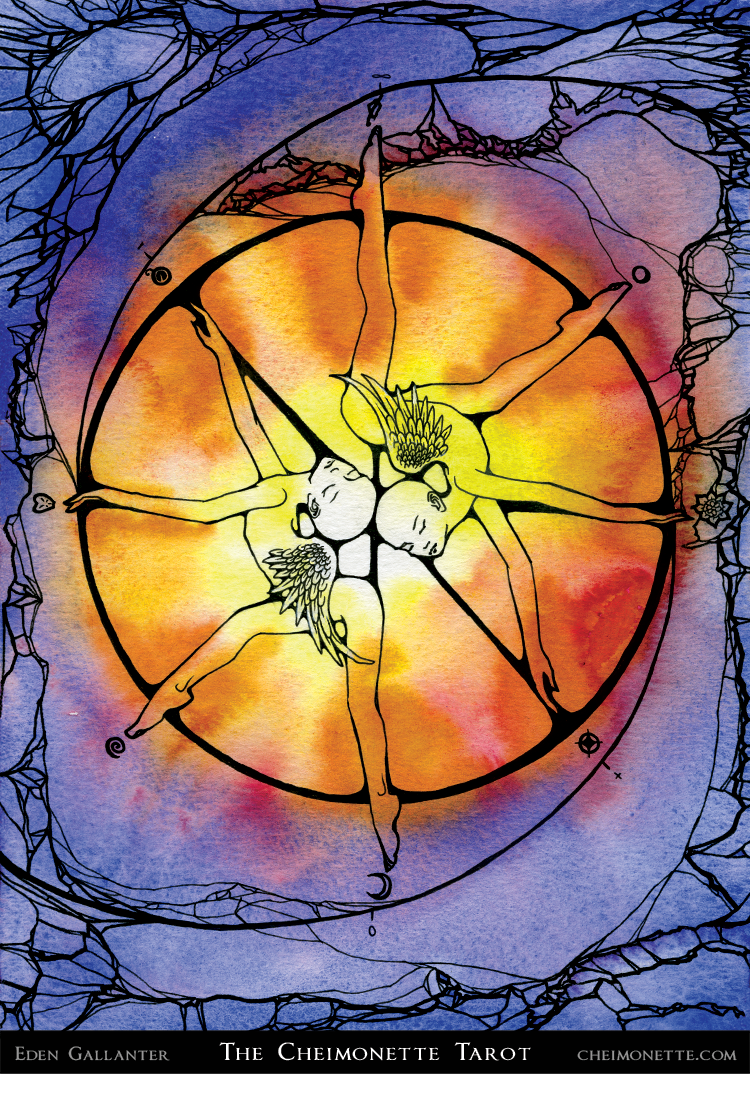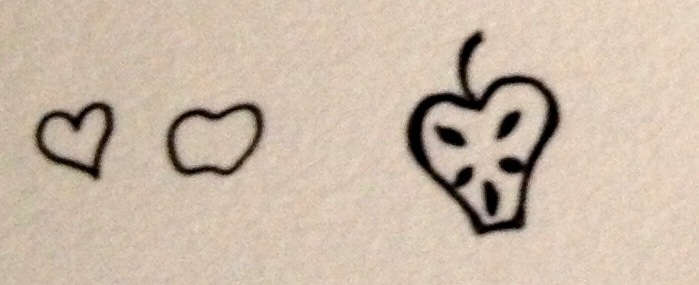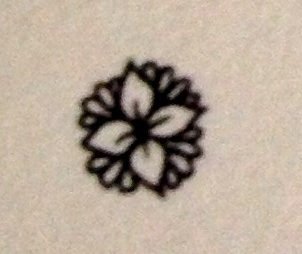Artifact
This is a monthly art-related (or at least art-adjacent) post about what I've been doing and thinking about. Welcome to the month of August!
General News
1. One of my tarot paintings, "Love" was accepted to a group exhibition at The Studio Door in San Diego! It will be on view from August 3rd to 26th. If you're one of my tarot customers and live in the area, it's really worth seeing the original painting, and it looks like it's going to be a wonderful show!
2. My drawing "The Sparrow and the sparrows" is up on view at Arthaus Projects gallery in Williamsport, Pennsylvania! Exhibition closes on August 11th.
3. I am participating in San Francisco Open Studios this year! Open Studios is a series of five weekends where local artists open their studios to the public and sell their art. The weekends are divided up by neighborhood, and my weekend is November 3rd and 4th. If you're going to be in the bay area, mark your calendars and PLEASE COME! I'll be posting more details as the event gets closer.
Painting in my home studio, photo by Jessica Palopoli (https://www.jessicapalopoli.com/
It's been a weird weekend. Over the last year, I succeeded in tracking down the movie that scared the everloving shit out of me when I was four years old, and I finally watched it last Saturday night.
If you ever have the opportunity of revisiting movies (or stories, songs, amusement park rides, pictures, or any other innocuous thing whose fearsomeness derives from the unformed and imaginative mind of the very young), I recommend doing so. You will find that you remembered some parts with surprising precision, and that other parts (in my case, most other parts) were largely fabricated. It is a glimpse into how utterly unrecognizable the same event can be when experienced by different people. I often think how miraculous it is that any of us can communicate with each other at all.
Me wearing my favorite elephant bathing suit (I still think the Pink Elephants song from "Dumbo" is one of the best things Disney has ever done), summer of 1983.
Now, of course, you would like to know what the movie was.
Embarrassingly, it was "The Horror at 37,000 Feet", widely known (among Shatner fans, at least) as William Shatner's worst movie—a made-for-TV production that first aired in 1973. The plot featured a haunted airplane, and ended relatively tamely, with two gore-free human deaths and one frozen dog. It was apparently still making the rounds on one evening during the summer of 1983, when my parents took me to their friends' home for a dinner party. The household children, who were several years older than me (and I imagine were secretly hoping to be entertained by putting a little kid into hysterics) were clustered around the TV, and of course I joined them. It appears I made it through almost the whole movie before silently leaving the room and rejoining my parents.
I need hardly say that William Shatner's worst movie was not, on second viewing, especially scary. The interesting part wasn't the movie, it was watching prototypes of all my nightmares since age four march across the screen for 90 minutes. Although I had apparently invented several scenes, my inventions had done a strangely excellent job of capturing the story and the characters' state of mind—better, in fact, than the actual movie did.
To conjoin a pair of disparate dictionary definitions of the same word, "artifact" (an unintentional or meaningless by-product of, say, a scientific experiment or photograph) turns out to be a valuable treasure-trove of historic information. Making up stories is an essential part of the pattern-recognition processes of the executive system. Our minds come up with a plausible narrative about what is going on and even who one is. These narratives never quite match with reality, but that is not their purpose. Without our stories, we would not be able to learn, to remember, to sympathize with others, to recover from negative emotions, or even to recognize ourselves. We would have no coherent identity.
I'm not exactly saying that such mental artifacts are either desirable or destructive—it really depends on the mind that's making them, I guess. Although every story we can think of is in some sense true, not every story is equally useful. However, I am surprised by how often our memories turn out to be deeply insightful fabrications, if that makes sense. Because isn't this, too, a form of art? Isn't reconstructing reality in a more human-sized way, in a way that distills its importance and meaning for us, what art is? And our minds do this all the time—it is fundamental to our functioning in the world. Many scientists even argue that this storytelling part of the brain is the cornerstone of consciousness.
LOCUST X LOCUST (Chortoicetes terminifera x Robinia pseudoacacia)
Speaking of finding important truths in trite places, the idea for my latest painting came from a misunderstanding I have always cherished. When I first heard the word "Locust", I thought the teacher had said "hocus" (as in Hocus Pocus). The association is now immovable; I always think of magic—of fairytale, joyfully implausible magic—when I hear the word Locust. Magic then becomes the foundation for all the word's other associations: penny-slice leaves clattering in the breeze (the black locust tree), destruction and ruin (the plague locust insect), species invasion (the tree), the dry, muffled snapping sound of the swarm (the insect), creamy and delicately scented cascades of blossoms (the tree), the judgment of God upon Egypt in the Book of Exodus (the insect), and so on.
The best part of making something new is always over as soon as it is finished. Artists and makers who feel the way I do tend to make the most intricately detailed things, because we don't ever want it to end. More opportunities for new artifacts, too.






